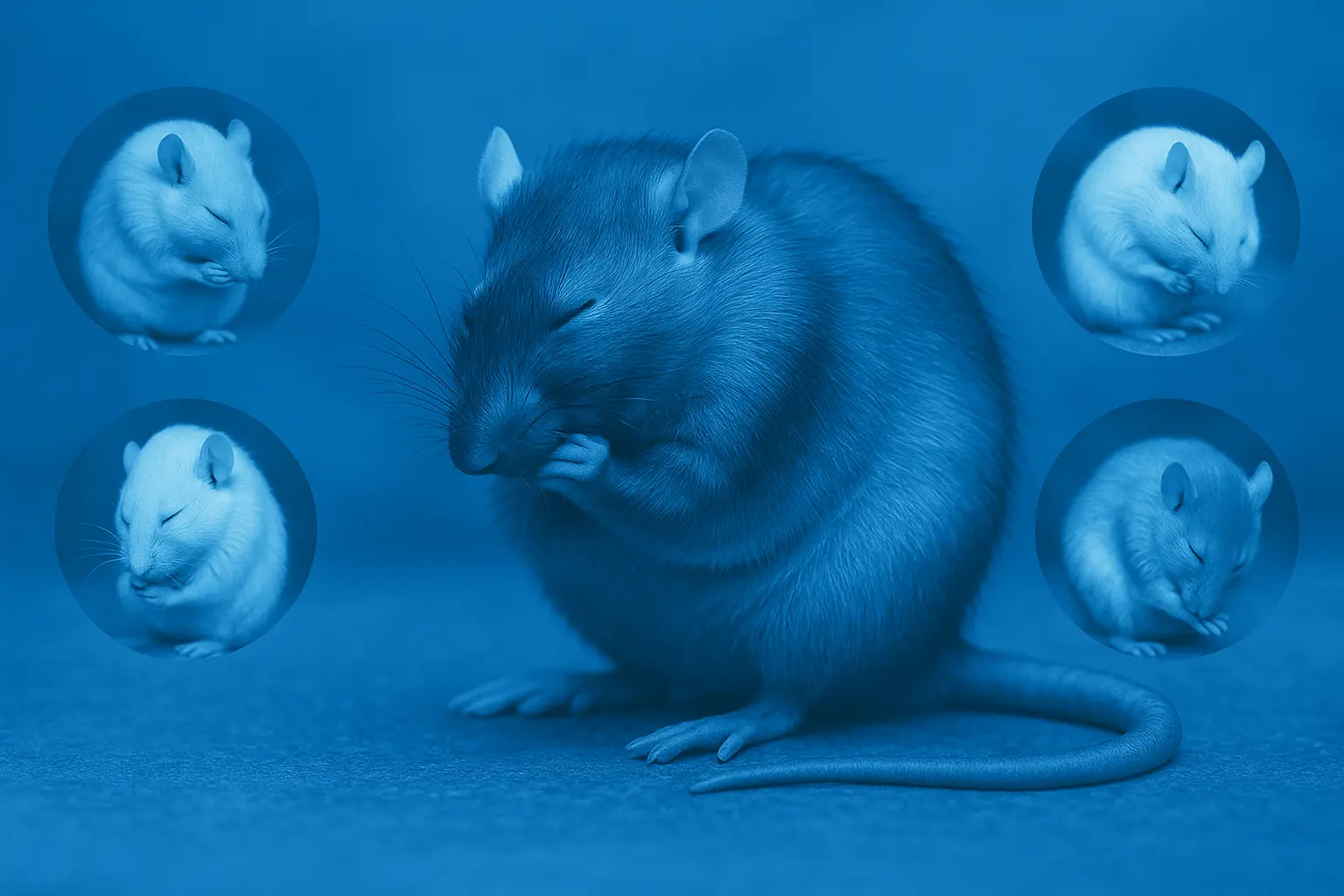
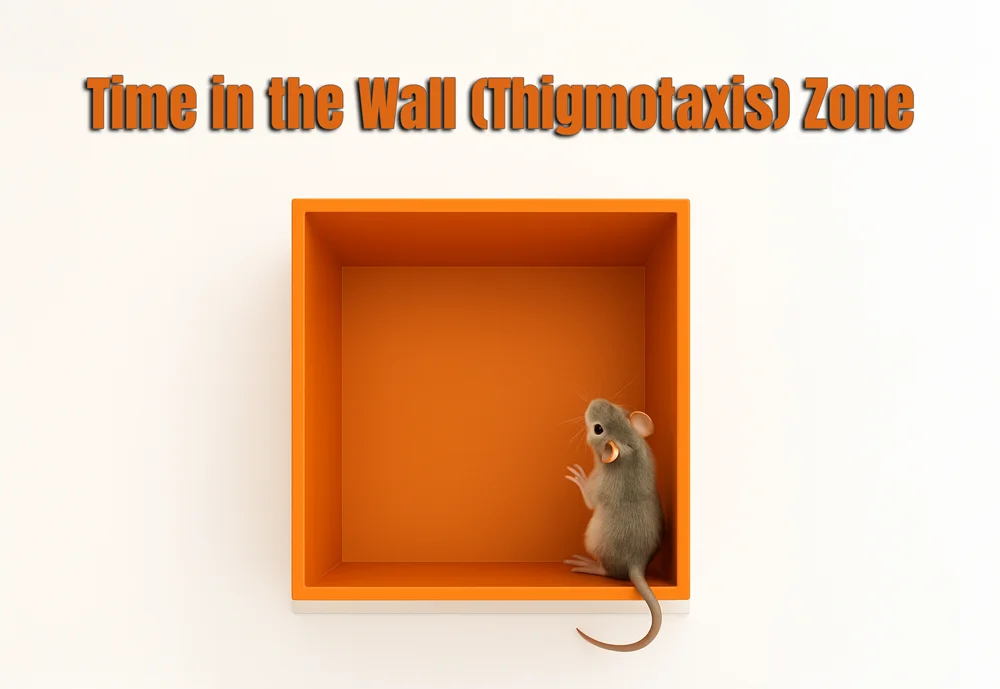
In the study of rodent behavior, the Open Field Test (OFT) is a widely used assay to measure spontaneous locomotor activity, emotional reactivity, and exploratory tendencies. Among its most reliable and evolutionarily conserved behavioral indicators is Time in the Wall Zone, also referred to as thigmotaxis. This metric captures how long an animal remains in close proximity to the enclosure’s walls—typically defined as a peripheral zone within 5–10 cm from the edge of the arena.
Time spent in this wall zone reflects a fundamental tension between exploration and defensive avoidance. Rodents, as prey animals, are naturally inclined to remain near the periphery where walls offer perceived protection. Thus, increased wall time is interpreted as a sign of heightened anxiety, risk aversion, or contextual insecurity.
Thigmotaxis describes the innate behavioral tendency of animals—especially prey species like rodents—to stay in close proximity to vertical surfaces such as walls or corners in an open area. In the context of the Open Field Test (OFT), this behavior manifests as increased time spent along the enclosure’s perimeter, known as the wall zone. Quantifying this spatial preference provides insight into an animal’s emotional and physiological state, particularly its balance between avoidance and exploratory drive.
Time in the wall zone captures a convergence of several behavioral constructs:
Altogether, time in the wall zone is more than a static measure of anxiety; it is a dynamic indicator of emotional state, learning, sensorimotor processing, and motivational conflict. When contextualized with additional behavioral metrics, thigmotaxis becomes a powerful tool for decoding affective behavior in both basic research and translational applications.. In the OFT, time in the wall zone quantifies this avoidance behavior and is considered inversely proportional to exploratory confidence:
Because thigmotaxis is a natural defensive strategy, it provides researchers with a robust, ethologically relevant indicator of emotional reactivity and environmental processing.
Time in the wall zone is modulated by several behavioral dimensions:
Together, these factors position thigmotaxis as a sensitive and non-invasive readout of emotional and physiological states.
The use of time in the wall zone as a behavioral metric in neuroscience reflects its strong ethological grounding and broad experimental versatility. It provides a fast, interpretable, and translationally relevant readout of affective behavior that is deeply conserved across mammalian species. Thigmotaxis is not only a robust correlate of anxiety and stress, but also a window into the neurodevelopmental, neurochemical, and experiential factors that shape behavioral responses to novelty and perceived threat. Below, we explore the core scientific domains where this metric is particularly informative.
Thigmotaxis serves as a foundational behavioral readout in the assessment of both acute and chronic stress responses in rodent models. Exposure to stressful stimuli—such as predator scent, restraint, or social defeat—consistently increases the amount of time animals spend in the wall zone. This behavior is interpreted as a retreat into a perceived safe zone, indicative of heightened anxiety and reduced willingness to explore.
Pharmacological studies validate this interpretation: anxiolytic compounds such as benzodiazepines, SSRIs, and certain herbal agents reliably reduce wall zone time, while anxiogenic agents like yohimbine or CRF analogs elevate it. Because thigmotaxis changes are observable even with low doses and short exposure durations, this metric is highly sensitive for early-stage drug screening. Additionally, repeated testing can reveal stress-induced sensitization or behavioral resilience over time.
Rodent models with targeted mutations affecting neurotransmitter systems—such as serotonin (5-HT), dopamine (DA), or GABA—frequently exhibit altered thigmotaxis, reflecting underlying emotional dysregulation. For instance, 5-HT1A receptor knockouts display exaggerated wall-hugging behavior, a phenotype consistent with high trait anxiety and reduced coping flexibility.
Moreover, neurodevelopmental models of autism spectrum disorders, schizophrenia, and ADHD often demonstrate abnormal patterns of wall zone occupancy. These behaviors may reflect altered sensory gating, attentional deficits, or heightened threat sensitivity. Measuring thigmotaxis provides a window into how early genetic disruptions shape affective and sensorimotor behaviors, and it serves as a behavioral phenotype for validating these models.
Time in the wall zone offers a clear, quantifiable endpoint for assessing the efficacy and side-effect profile of neuroactive compounds. Because it is non-invasive and observable in naïve animals, it is ideal for initial screening of anxiolytics, sedatives, stimulants, and psychotropic drugs. Reductions in thigmotaxis after administration of a test compound suggest anxiolytic activity, while increases may indicate anxiogenic effects or heightened arousal.
In dose–response experiments, the degree of change in wall time can help establish minimal effective concentrations and therapeutic windows. When paired with complementary measures—such as total distance traveled and center time—thigmotaxis enables a multi-dimensional evaluation of behavioral pharmacodynamics.
Rodents are highly responsive to environmental context, and thigmotaxis is a sensitive measure of how early-life experience, housing conditions, and social structure influence affective behavior. Animals raised in enriched environments—featuring toys, climbing structures, and social contact—typically exhibit reduced wall zone occupancy and increased exploratory behavior.
Conversely, rodents exposed to chronic social isolation, maternal separation, or impoverished housing show elevated thigmotaxis, consistent with stress vulnerability. These behavioral changes are not only replicable but also reversible with environmental interventions, making wall zone time a useful metric in studying resilience, neuroplasticity, and the impact of non-pharmacological therapies.
Thigmotactic behavior is modulated by sex and hormone-driven neurobiological mechanisms. Female rodents often show fluctuating wall zone occupancy across the estrous cycle, with estrogen typically associated with reduced anxiety-like behavior and lower wall time. These patterns underscore the influence of ovarian hormones—particularly estrogen and progesterone—on exploration and threat sensitivity.
Sex differences are also observed in response to stressors and pharmacological agents. Male and female animals may exhibit divergent behavioral responses to the same compound or environmental manipulation, highlighting the need for sex-specific analysis. Incorporating thigmotaxis as a hormone-sensitive behavioral readout contributes to a more inclusive and precise understanding of affective neuroscience.
To ensure reliable measurement of time in the wall zone, experimental design must be standardized:
Handling and Habituation: Pre-test habituation can reduce novelty-induced anxiety. However, excessive habituation may blunt anxiety responses.
Interpreting time in the wall zone requires careful consideration of behavioral context and experimental covariates:
Time in the wall zone serves as an excellent measure for observing behavioral plasticity across repeated testing sessions. In longitudinal designs, changes in thigmotaxis over time may indicate habituation, learning, or stress sensitization. For instance, animals exposed to chronic mild stress may initially exhibit heightened wall time, which either persists (indicating vulnerability) or attenuates (suggesting resilience). Tracking thigmotaxis across days or weeks provides a dynamic perspective on emotional adaptation or deterioration, making it a valuable endpoint in studies of neuroplasticity, chronic stress, or therapeutic recovery.
Baseline thigmotaxis behavior can be predictive of performance in other behavioral tasks, such as elevated plus maze, social interaction, or reward-based learning. Animals with high wall time may exhibit consistent anxiety-like or avoidant traits across multiple paradigms, positioning thigmotaxis as a behavioral biomarker. This predictive utility supports its integration into phenotyping pipelines aimed at stratifying subjects by trait anxiety, stress susceptibility, or coping style.
Thigmotaxis has been linked to activity in key limbic and cortical structures, including the amygdala, prefrontal cortex, and hippocampus. Studies using c-Fos immunohistochemistry, optogenetics, or calcium imaging have shown that elevated wall zone time correlates with heightened amygdala activation and altered prefrontal control. These neural signatures validate the ethological relevance of thigmotaxis and reinforce its value as a readout of threat perception and emotional regulation.
Wall-focused behavior may have downstream effects on cognitive task performance, particularly in tasks that require interaction with central stimuli—such as novel object recognition or spatial memory tests. High thigmotaxis can result in limited engagement with task-relevant cues, confounding cognitive performance metrics. Incorporating thigmotaxis data allows researchers to distinguish cognitive impairments from anxiety-driven task disengagement.
Emerging research highlights sex differences in thigmotactic behavior, often linked to hormonal modulation and social experience. Female rodents may exhibit estrous-cycle-dependent variations in wall zone preference, with elevated estrogen generally associated with reduced thigmotaxis. Accounting for these patterns is critical for ensuring experimental reproducibility and for understanding sex-specific neurobiological mechanisms of emotional behavior.
Advances in behavioral tracking have enabled precise, automated scoring of thigmotaxis. Compared to manual observation, automated systems offer greater temporal resolution and eliminate observer bias. However, ensuring proper calibration and zone definition remains essential for data accuracy. Studies comparing scoring methods reinforce the importance of software validation and consistency across trials.
Thigmotaxis is often used to evaluate the onset, duration, and efficacy of centrally acting compounds. In pharmacodynamic studies, rapid reductions in wall zone time following drug administration suggest acute anxiolytic effects. Conversely, persistent thigmotaxis despite treatment may indicate therapeutic resistance or inadequate dosing. Incorporating this metric into pharmacological profiling supports dose-response characterization and target engagement validation.
To derive a comprehensive behavioral profile, time in the wall zone should be analyzed alongside:
Standardization is essential for obtaining reliable, interpretable, and reproducible data from open field testing. Advanced behavioral tracking platforms now offer integrated tools that allow for high-resolution monitoring of thigmotaxis and related behaviors. These systems reduce inter-operator variability, minimize subjective interpretation, and enable consistent data capture across laboratories and timepoints.
Key features that enhance data quality include:
By implementing validated, standardized systems, researchers can elevate the precision and reproducibility of open field analysis and confidently interpret thigmotaxis as a marker of emotional and exploratory behavior.
Visit the Open Field Test page to explore solutions for high-resolution behavioral analysis and elevate the precision of your anxiety-related research.
Written by researchers, for researchers — powered by Conduct Science.

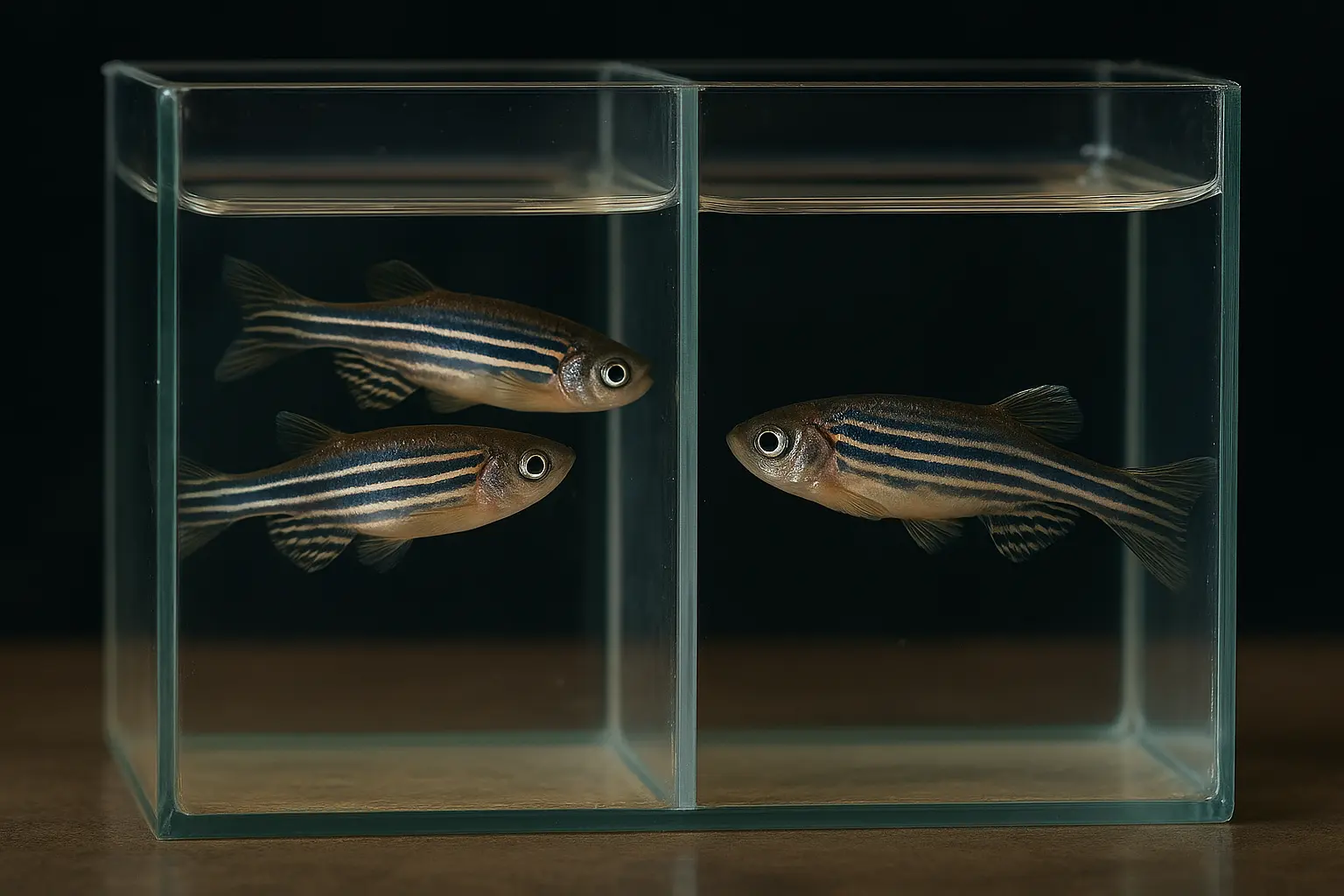
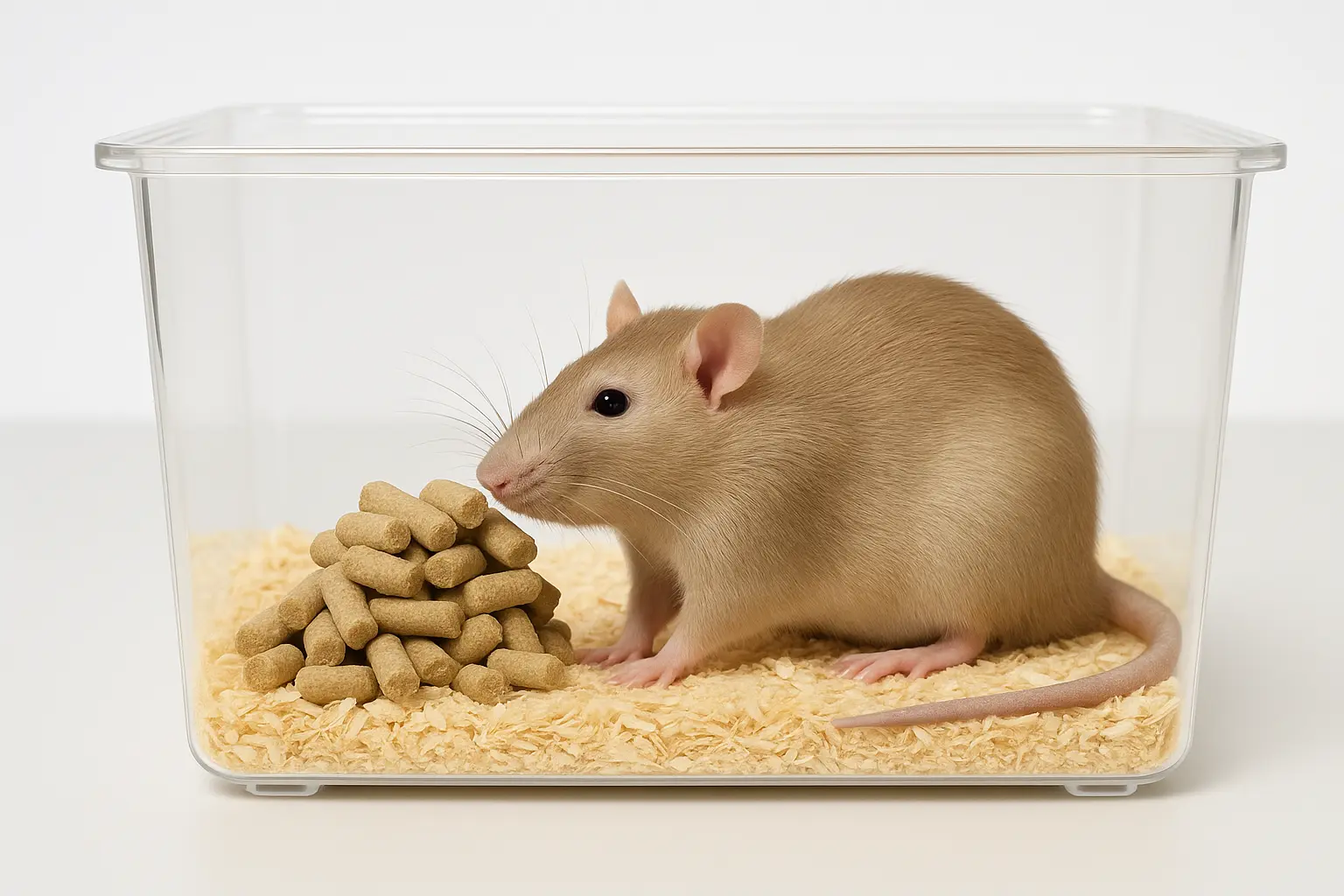
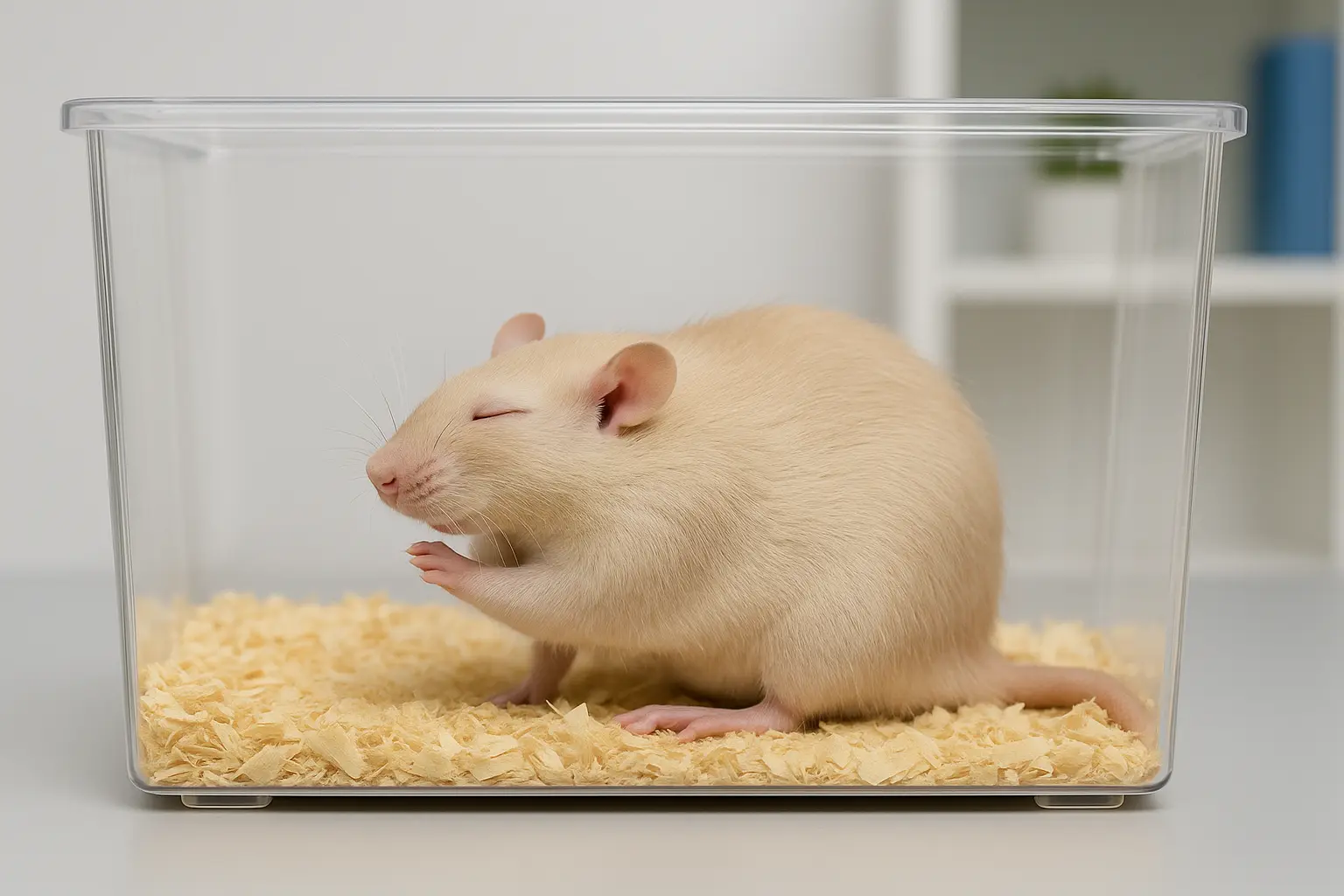

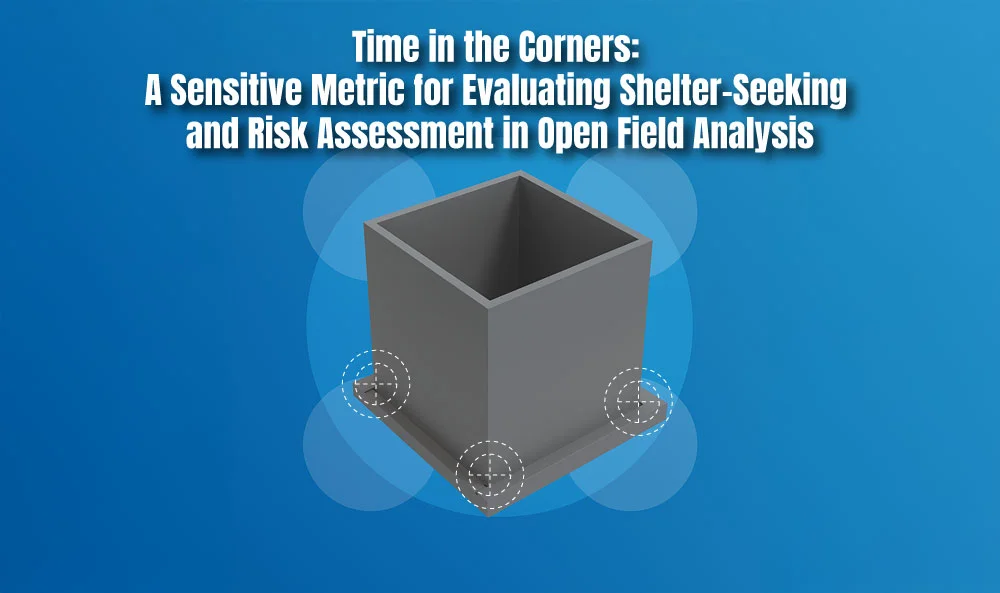
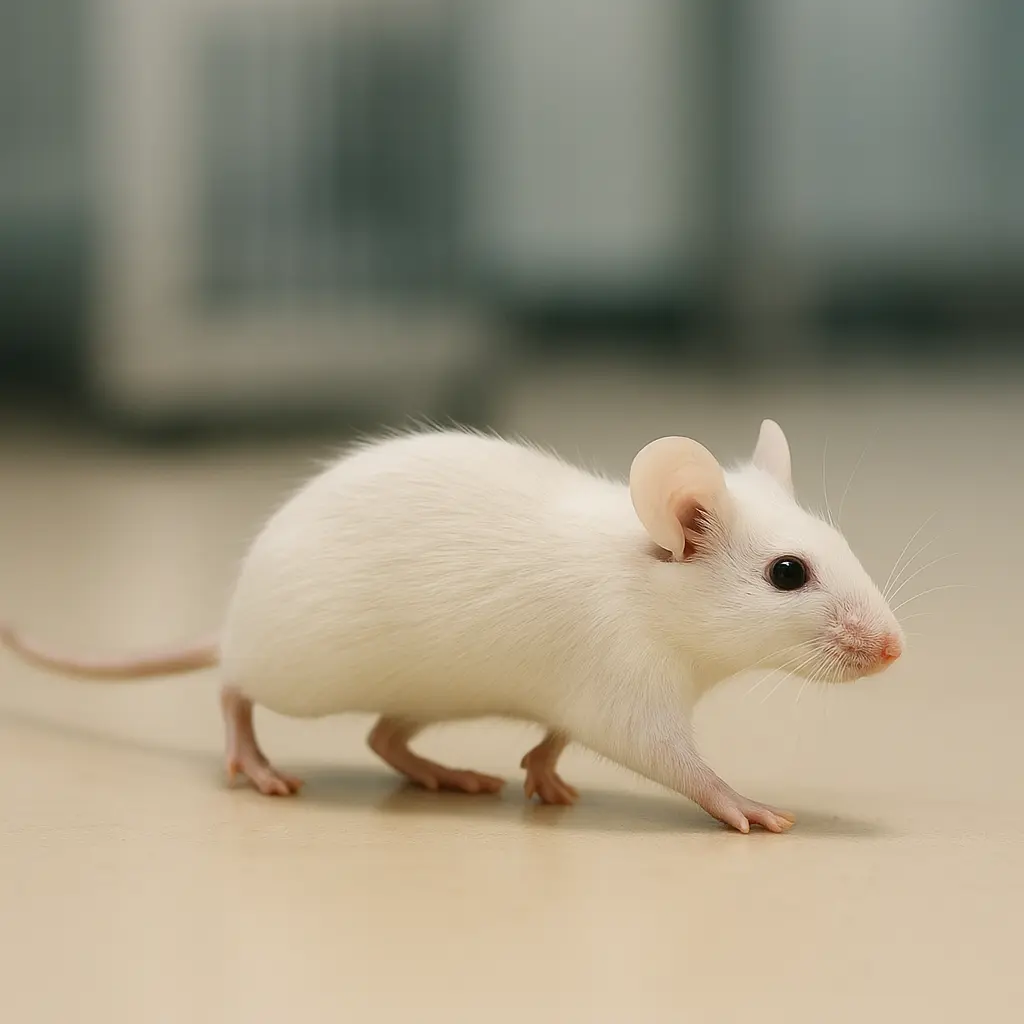



Dr Louise Corscadden acts as Conduct Science’s Director of Science and Development and Academic Technology Transfer. Her background is in genetics, microbiology, neuroscience, and climate chemistry.
Monday – Friday
9 AM – 5 PM EST
DISCLAIMER: ConductScience and affiliate products are NOT designed for human consumption, testing, or clinical utilization. They are designed for pre-clinical utilization only. Customers purchasing apparatus for the purposes of scientific research or veterinary care affirm adherence to applicable regulatory bodies for the country in which their research or care is conducted.